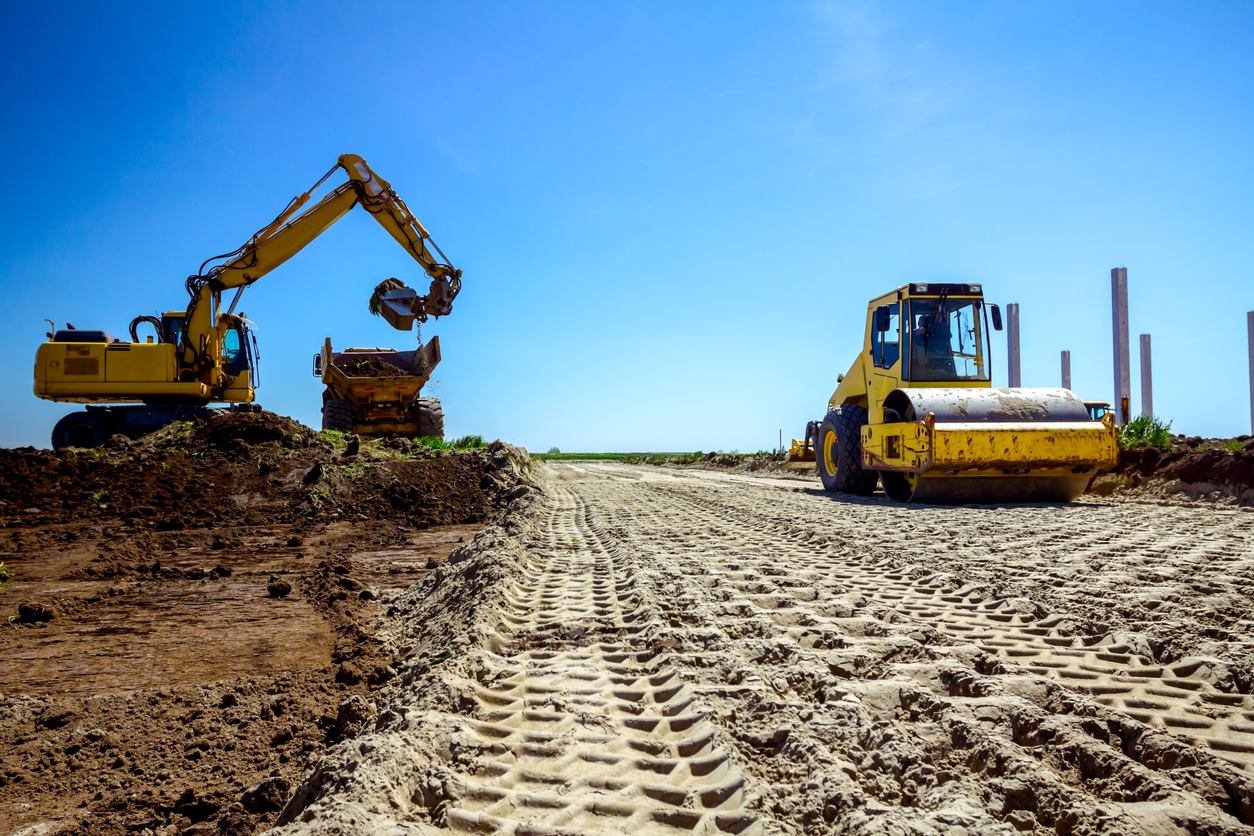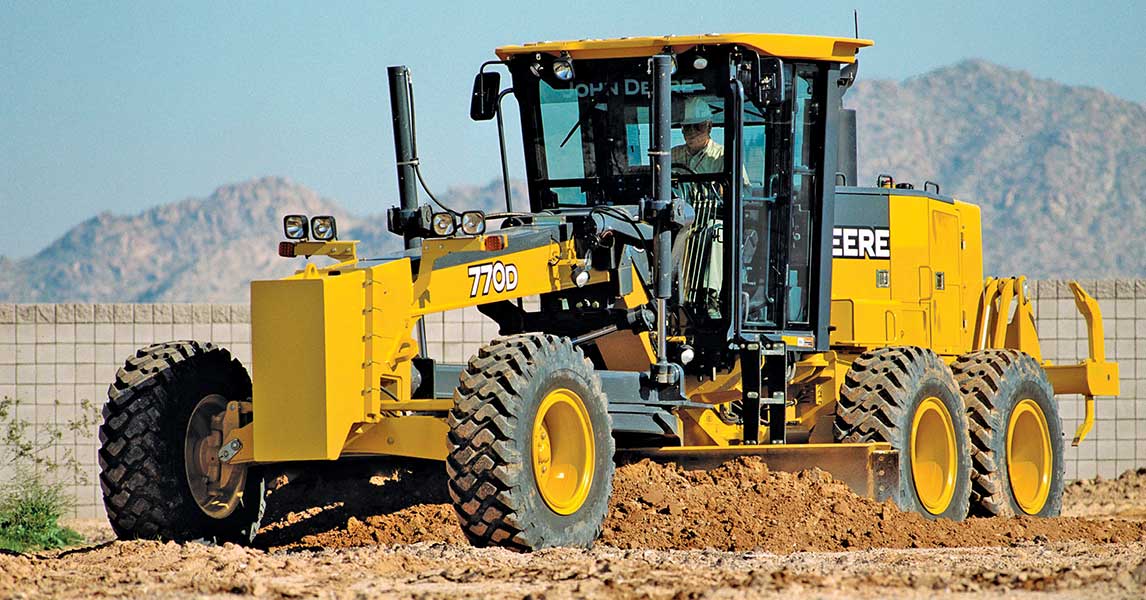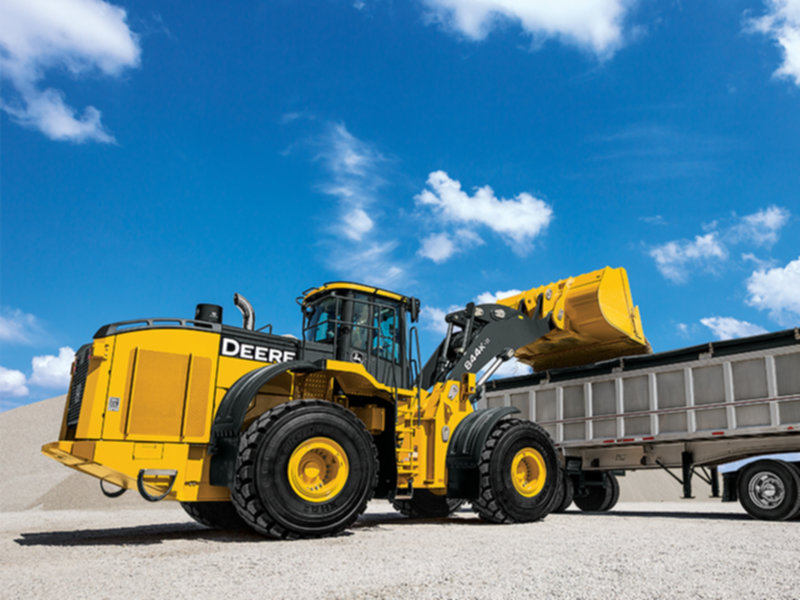Heavy Equipment Rental: High-Quality Equipment for Lease
Heavy Equipment Rental: High-Quality Equipment for Lease
Blog Article
Renting Out Vs. Acquiring Construction Equipment: Making the Right Choice for Your Project
When embarking on a building project, one of the critical decisions that predict stakeholders and managers face is whether to purchase or rent out building and construction equipment. The choice hinges on numerous factors such as expense factors to consider, job duration, equipment upkeep, flexibility, scalability, and danger management.
Expense Factors To Consider
When assessing the financial element of renting out versus getting construction equipment, the upfront expenses and long-lasting costs must be carefully considered. Renting tools typically calls for reduced initial payments contrasted to buying, making it an attractive option for short-term jobs or service providers with budget restraints. Renting out gets rid of the demand for big resources expenses and minimizes the financial threat connected with tools ownership, such as upkeep and devaluation expenses. However, in the lengthy run, continually renting out equipment can gather greater costs than acquiring, especially for extensive projects.
On the other hand, getting building and construction equipment involves higher upfront costs but can lead to long-term savings, particularly for constant customers or lasting projects. Owning tools gives flexibility, benefit, and the potential for resale worth once the task is finished. Additionally, owning tools permits personalization and knowledge with particular machinery, possibly increasing effectiveness and performance on-site. Eventually, the choice in between getting and renting construction devices depends upon the task's period, frequency of use, spending plan considerations, and long-lasting financial objectives.
Project Period

Conversely, for long-lasting jobs or continuous building and construction job, buying devices can be the extra cost-effective option. Purchasing tools can result in set you back savings in the long run, especially if the devices will be frequently made use of. Moreover, having tools supplies a sense of control over its availability and permits customization to fit specific task needs.

Devices Maintenance
Provided the critical role task period plays in determining the most cost-efficient approach between renting out and getting building devices, the focus now changes in the direction of analyzing the important facet of tools maintenance. Proper maintenance is crucial for ensuring the optimal performance and longevity of building and construction devices. Renting out devices usually features the benefit of having properly maintained machinery offered by the rental firm. This can alleviate the burden of upkeep jobs from the job proprietor or professional, saving effort and time. On the other hand, owning tools calls for an aggressive approach to upkeep to stop failures, ensure security, and expand the equipment's life-span. Routine assessments, servicing, and prompt repairs are necessary to keep owned tools in leading working condition. Factor in maintenance costs when determining between leasing and purchasing, as disregarding upkeep can result in expensive repair services, downtime, and job delays. Ultimately, a well-maintained building equipment fleet, whether rented or had, is crucial for the efficient and successful conclusion of building projects.
Adaptability and Scalability
In the realm of building and construction equipment management, the element of adaptability and scalability holds considerable significance for job my link effectiveness and source utilization. Choosing to rent building devices gives a high level of adaptability as it enables the fast adjustment of devices types and amounts based upon the developing requirements of a task. Renting makes it possible for professionals to access a variety of customized tools that might be needed for particular tasks without the lasting dedication of possession. This adaptability is specifically useful for projects with differing demands or uncertain periods (forklift rental).
Leasing building and construction equipment provides the advantage of easily scaling operations up or down as project demands fluctuate. Professionals can promptly exchange or add equipment to match the task's transforming needs without the restrictions of possessing possessions that may come to be underutilized or obsolete.
Threat Management
Efficient threat monitoring in building devices procedures is critical to making sure project success and mitigating prospective financial losses. Construction jobs naturally include various dangers, such as tools breakdowns, crashes, and job delays, which can dramatically impact the task timeline and spending plan. By thoroughly taking into consideration the dangers related to owning or renting construction tools, project supervisors can make informed choices to minimize these prospective hazards.
Renting building and construction devices can offer a degree of risk reduction by moving the responsibility of repair and maintenance to the rental company. This can lower the financial concern on the job proprietor in situation of unanticipated devices failings (mini excavator rental). Furthermore, leasing supplies the adaptability to access specialized tools for specific project phases, reducing the threat of owning underutilized equipment
On the various other hand, having building devices supplies a sense of control over its use and upkeep. Nonetheless, this likewise means bearing the full duty for fixings, upkeep prices, and devaluation, increasing the financial threats related to equipment possession. Mindful risk evaluation and factor to consider of aspects such as job duration, equipment usage, and maintenance demands are vital from this source in determining one of the most suitable alternative for reliable danger management in building jobs.
Final Thought
Finally, i was reading this when making a decision in between leasing and getting building and construction tools, it is essential to consider cost, project duration, devices maintenance, threat, flexibility, and scalability monitoring. Each variable plays an important role in determining the most ideal option for the job handy. By very carefully evaluating these elements, task managers can make an informed choice that aligns with their budget plan, timeline, and overall task goals.

Report this page